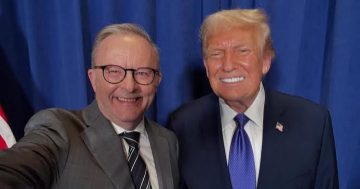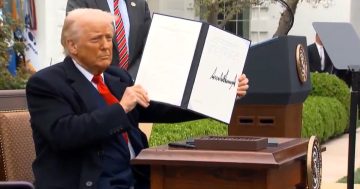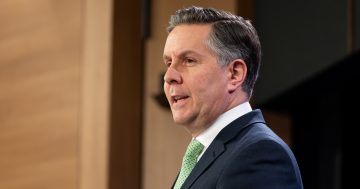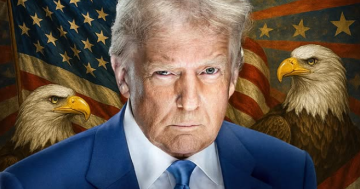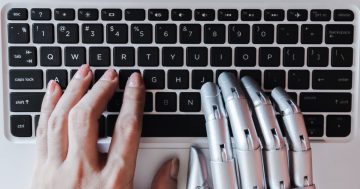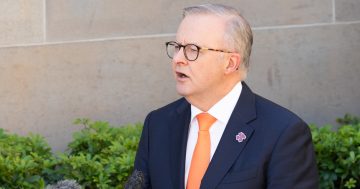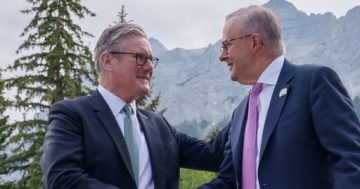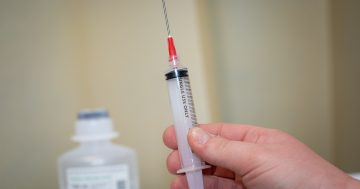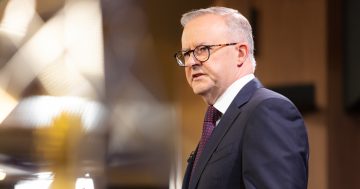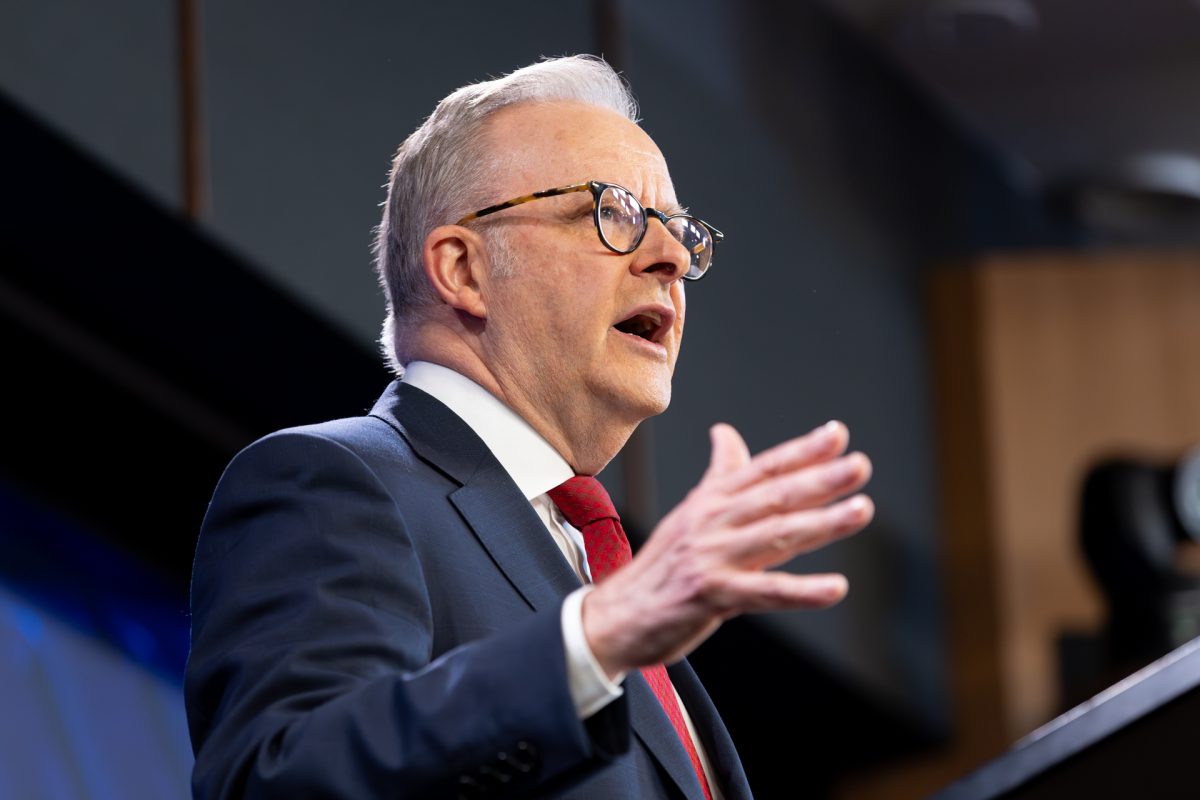
Prime Minister Anthony Albanese heads to China soon, but that meeting with US President Donald Trump remains elusive. Photo: Thomas Lucraft.
Anthony Albanese isn’t giving up on trying to convince the United States to withdraw tariffs on Australian imports, but the Coalition says the Prime Minister won’t be able to do much without meeting US President Donald Trump face-to-face.
Australia has been hit with a baseline 10 per cent tariff on most goods, but a 50 per cent tariff on Australian steel and aluminium.
Other nations have been threatened with very high tariffs, but exactly when those higher ones are going to kick in remains uncertain.
There is also confusion over a newly-flagged 200 per cent tariff on pharmaceuticals, with the Federal Government scrambling to find out if and how it might apply to Australia.
President Trump has written to a number of world leaders, including Japan and South Korea, to say their baseline tariffs could be 25 per cent or more unless they make special trade deals with the US.
The so-called “reciprocal tariffs” were meant to start on Wednesday (9 July) but the Trump administration is now saying they will be imposed from 1 August.
Asked on Tuesday if he was concerned Australia might be landed with a higher tariff rate, Mr Albanese said he wasn’t.
“No, because we’re not increasing tariffs,” the Prime Minister said.
“… tariffs are a penalty on the country that is imposing them, because what they require is for goods to be purchased with a tax on top.
“And the US has made that decision. Australia has a tariff rate of 10 per cent, which is at least as low as any country in the world.
“No country has a better deal than Australia.”
But the PM is still hoping to get that 10 per cent reduced to nothing.
“We’ll continue to put our case that tariffs are an act of economic self-harm and that we should be entitled to reciprocal tariffs, which is zero,” he said.
“We’ll continue to put that case, but the US administration has a view that they’re engaged with other countries on as well.
“It varies, the tariff, from country to country, but no country has secured an exemption from the US administration.”
Asked directly if he had given up on negotiating the tariffs lower than 10 per cent, the Prime Minister simply said “no”.
Opposition Leader Sussan Ley said the PM was up against it if he couldn’t even secure a meeting with the US President.
“It’s very difficult for the Australian Government to negotiate anything if Prime Minister Anthony Albanese can’t be in the room and get a meeting with Donald Trump,” she said.
“So unfortunately, 245 days after the President became the President, we still don’t see that meeting and we don’t have it scheduled.
“And what that underlines is that whenever there’s any discussions about tariffs, we unfortunately are not there, able to plead our case.
“And I note the changes in some tariffs to some countries today. I care about Australia. I want our tariffs on steel to be removed and I note that in the UK, they were able to get a deal on steel, which we haven’t been able to because we’re not in the room.
“So I would urge that the Prime Minister do everything possible to achieve that meeting, to build that relationship.”
Ms Ley agreed, however, that Mr Albanese’s impending visit to China was in Australia’s interests.
“It is an important visit and it should underline the respectful relationship that we need to have with China,” the Opposition Leader said.
“And it should underscore the important people-to-people links that have built our country with Chinese Australians very much there … and it should also underline that that respect is a two-way street and we expect respect to come both ways.”
Mr Albanese said the focus of his China trip, starting on Saturday, would be shoring up jobs for Australia.
“China’s an important trading partner for Australia. Twenty-five per cent of our exports go to China,” he said.
“What that means is jobs and one of the things that my government prioritises is jobs.”
The PM wouldn’t be drawn on commentary that China wants to expand its free trade agreement with Australia to include artificial intelligence and digital technologies.
Original Article published by Chris Johnson on Region Canberra.


